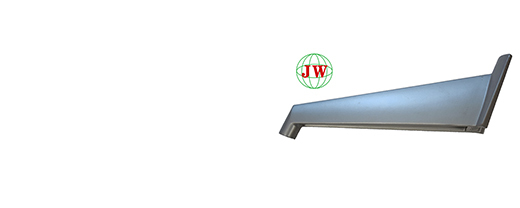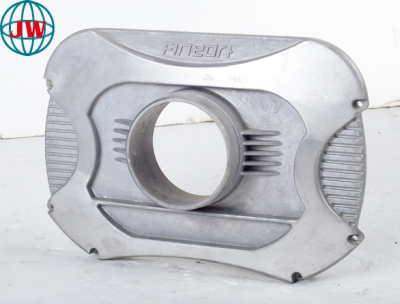
Die Casting: Illuminating the Future of Lighting Fixtures
2025-05-23 16:51
In the ever-evolving world of lighting, die casting has emerged as a transformative force, revolutionizing the way lighting fixtures are designed, manufactured, and utilized. This advanced manufacturing process is not only enhancing the functionality and aesthetics of lighting products but also driving innovation across various sectors.
Die casting is a high-pressure manufacturing technique that involves injecting molten metal, typically aluminum, zinc, or magnesium alloys, into a mold cavity. The result is a precisely formed component with excellent dimensional accuracy, surface finish, and mechanical properties. In the lighting industry, die casting has become the go-to method for producing a wide range of components, from intricate decorative elements to robust structural parts.
One of the key advantages of die casting in lighting applications is its ability to create complex geometries with ease. Lighting designers are no longer limited by the constraints of traditional manufacturing methods. They can now bring their most imaginative ideas to life, crafting unique and eye-catching fixtures that not only provide illumination but also serve as works of art. Whether it's a delicate chandelier with ornate details or a sleek, modern LED fixture with a minimalist design, die casting enables the production of components that meet the highest standards of quality and aesthetics.
Another significant benefit of die casting is its superior thermal management capabilities. As LED lighting continues to gain popularity, efficient heat dissipation has become crucial for ensuring the longevity and performance of the fixtures. Die-cast aluminum components, in particular, are highly effective at dissipating heat due to their excellent thermal conductivity. By integrating die-castheat sinks into LED lighting designs, manufacturers can prevent overheating, extend the lifespan of the LEDs, and maintain consistent light output over time. This not only reduces maintenance costs but also enhances the overall reliability and energy efficiency of the lighting systems.
In addition to functionality and aesthetics, die casting also offers significant advantages in terms of durability and sustainability. The high-pressure nature of the die-casting process results in components with dense microstructures, making them resistant to wear, corrosion, and impact. This durability ensures that lighting fixtures can withstand the rigors of daily use, whether in residential, commercial, or industrial settings. Moreover, many of the metals used in die casting, such as aluminum and zinc, are highly recyclable. By incorporating recycled materials into the manufacturing process, the lighting industry can reduce its environmental impact and contribute to a more sustainable future.
The applications of die-cast lighting components are vast and diverse. In the residential sector, die-cast fixtures add a touch of elegance and sophistication to homes, enhancing the ambiance and style of any space. From stylish pendant lights in the dining room to functional wall sconces in the hallway, die-cast components are used to create lighting solutions that are both beautiful and practical. In the commercial and hospitality industries, die-cast lighting plays a crucial role in creating inviting and comfortable environments for customers. Whether it's a luxury hotel lobby, a trendy restaurant, or a modern office building, die-cast fixtures are used to provide the perfect lighting for every occasion.
In the industrial sector, die-cast lighting is essential for ensuring safety and productivity. High-intensity discharge (HID) lights, which are commonly used in industrial settings, often feature die-cast aluminum housings for their durability and heat dissipation capabilities. These lights provide bright, reliable illumination in large warehouses, factories, and outdoor areas, enabling workers to perform their tasks safely and efficiently.
The future of die casting in the lighting industry looks promising. As technology continues to advance, we can expect to see even more innovative applications of this manufacturing process. For example, the integration of smart lighting technologies, such as IoT sensors and wireless controls, into die-cast fixtures is becoming increasingly common. These smart lighting systems allow users to control the brightness, color, and timing of their lights remotely, providing greater convenience and energy savings.
Furthermore, the development of new materials and alloys is likely to open up new possibilities for die casting in lighting. For instance, the use of lightweight yet strong magnesium alloys in die casting could lead to the production of even more energy-efficient and portable lighting solutions. Additionally, advancements in 3D printing technology may enable the creation of custom die-cast molds more quickly and cost-effectively, allowing for greater design flexibility and shorter production lead times.
In conclusion, die casting has had a profound impact on the lighting industry, and its influence is only set to grow in the coming years. By combining functionality, aesthetics, durability, and sustainability, die-cast lighting components are illuminating the way forward for modern lighting design. As manufacturers continue to embrace this innovative manufacturing process, we can look forward to a future filled with even more exciting and cutting-edge lighting solutions
Get the latest price? We'll respond as soon as possible(within 12 hours)












